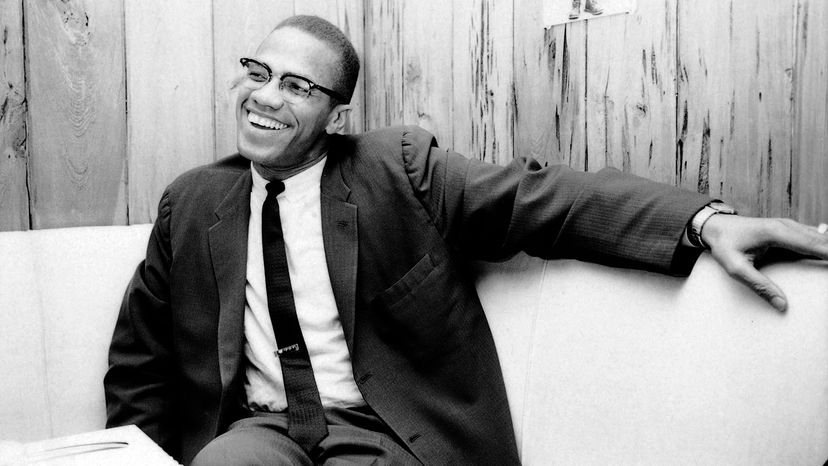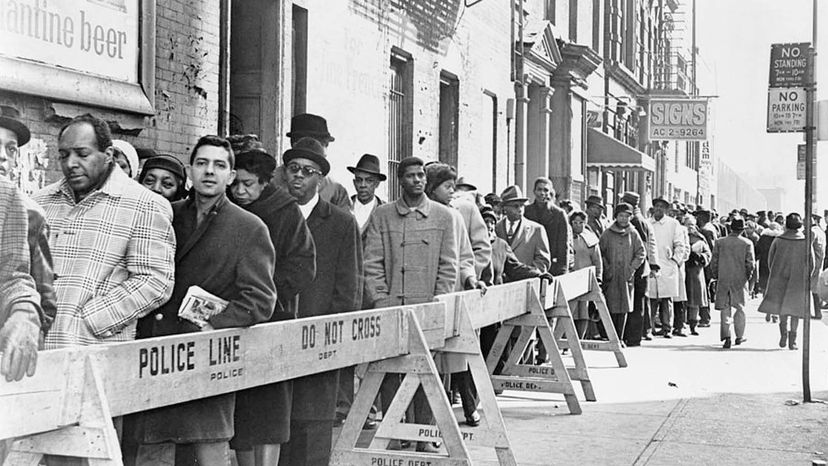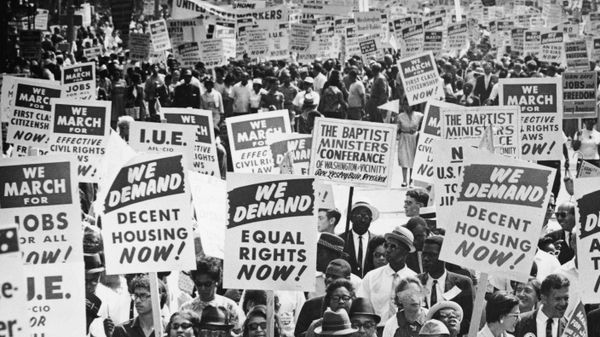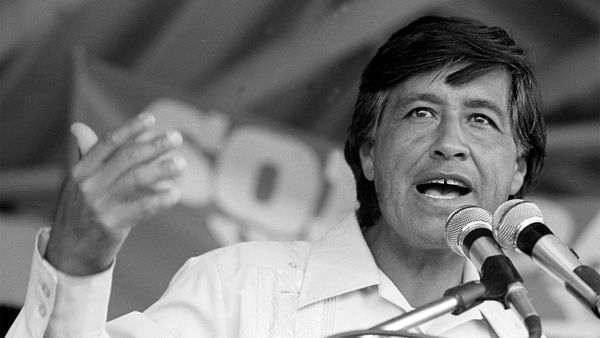
In the summer of 1963, a young Sudanese student at Dartmouth College named Ahmed Osman was walking through Harlem with a friend when he decided to pop into Muhammad's Temple No. 7. There he encountered a charismatic, 38-year-old minister named Malcolm X, who was delivering a passionate talk on the theology of the Nation of Islam.
At the time, Malcolm X was expounding the philosophy of his spiritual leader, Elijah Muhammad, who, among other things, asserted that the white man was the devil. After the talk, there was a Q&A session and Osman challenged Malcolm X, noting that the Islamic faith was a religion that welcomed people of all backgrounds and ethnicities.
Advertisement
It was the beginning of a long friendship, which would see Malcolm X through his pivotal rejection of Elijah Muhammad and his conversion to Sunni Islam. And it was Osman who arranged for his friend to perform hajj, the pilgrimage to Mecca. The hajj was a watershed moment in Malcolm X's life — a multi-ethnic gathering of peoples united not by culture or skin color, but by faith. This was a revelatory experience for someone who had grown up in a society permeated by racism.





